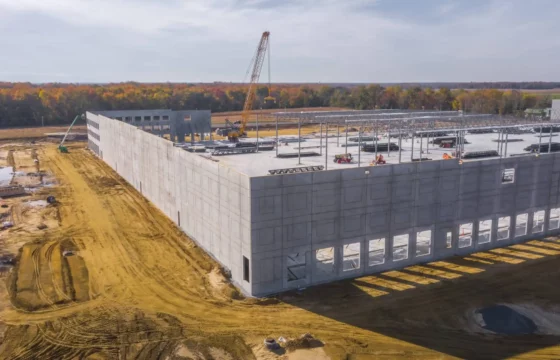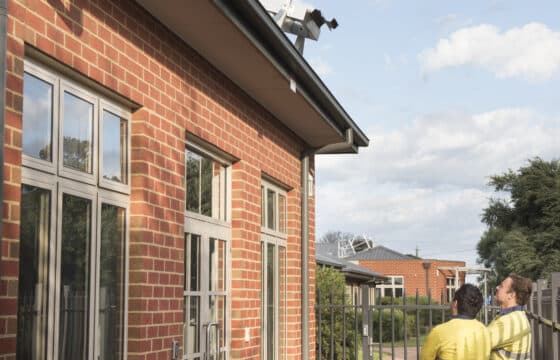Roof Anchors: How to be certain they comply with Australian Standards
Thousands of Australians clip their harnesses to roof anchors every day. Their considered lifesavers. Compliance to Australian Standards and independent oversight through 3rd party certification are critical aspects to the design, manufacture and testing of roof anchors, ensuring the safety and reliability of a fall prevention system. Designed and tested in a NATA-accredited fall prevention laboratory, Defender™ roof anchors carry StandardsMark™ certification, acknowledging full compliance to AS/NZS 5532 and AS/NZS 1891 so you can be sure you’re on the right side of OHS legislation and state law.
Roof Anchors: How to be certain they comply with Australian Standards
– Script –
Presenter: Thousands of Australian workers clip their harnesses onto roof anchors every day. They’re considered lifesavers. But the April screening of the 7.30 Report’s Deadly Dangers of Working at Height showed nobody should take their safety for granted.
Sarah Ferguson: According to the Government body Safe Work Australia, falls from heights are a major cause of death and injury in Australian workplaces. On average, around 26 workers fall to their deaths each year and nearly 8,000 others are injured.
Presenter: The Australian Rope Access Association’s founder Peter Ferguson told the 7.30 Report self-regulation is failing.
Peter Ferguson: It’s a ticking time bomb. There’s a lot of bad roof anchor installations out there, and ultimately, we are going to have bodies on the footpath.
Presenter: The performance benchmarks for the safety of roof anchors are two Australian Standards: AS/NZS 1891 and AS/NZS 5532. Prominent OHS lawyer and author, Michael Tooma, says that although the Standards are not legally binding, they do influence Australian courts in the event of a prosecution.”
Michael Tooma: “Well, you’ll find that very quickly people will be referring to the Australian Standards and the failure to comply, the Australian Standard as an example of what is the collective knowledge in this area and one of the things that you should have done but didn’t in this area. People will also be referring to the codes of practice that are relevant in relation to fall prevention. They will be using all those things as examples of how you have failed to ensure the health and safety of people who work for you, workers under the legislation or even members of the public that have been affected by the way you have set up your building, the way you have managed your risks in terms of fall prevention. All those things add up to a single outcome which is that you can’t ignore those documents. You ignore those documents at your peril.”
Presenter: The newest of the two benchmark Australian Standards, AS/NZS 5532, requires roof anchors to support a 100kg weight dropped 2 metres.
Testing showed several market-leading roof anchors catastrophically fail the drop tests.
The failures prompted the Working At Height Association to issue a safety alert. It urges building managers to seek evidence of compliance with both AS/NZS 5532 and AS/NZS 1891 for roof anchors, regardless of when they were installed.
Workplace Access & Safety’s operations manager, Lee Heitmann, says independent certification of test results is important.”
Lee Heitmann: The rigorous testing detailed in the standards deserves independent oversight.”
Defender roof anchors have been scrutinised and independently certified by SAI Global experts to comply with AS/NZS 1891 and AS/NZS 5532.
This means each and every batch is proven in Workplace Access & Safety’s NATA-accredited facility. We welcome clients to see the drop test and view our credentials. Included is the Five Ticks StandardsMark™ for compliance with AS/NZS 5532. All the tests and documentation that confirm your roof anchors are fit to save lives come together in these very clear, easy to administer and highly credible certificates.”
“You don’t have to take our word for it. Defender is independently certified safety.”


